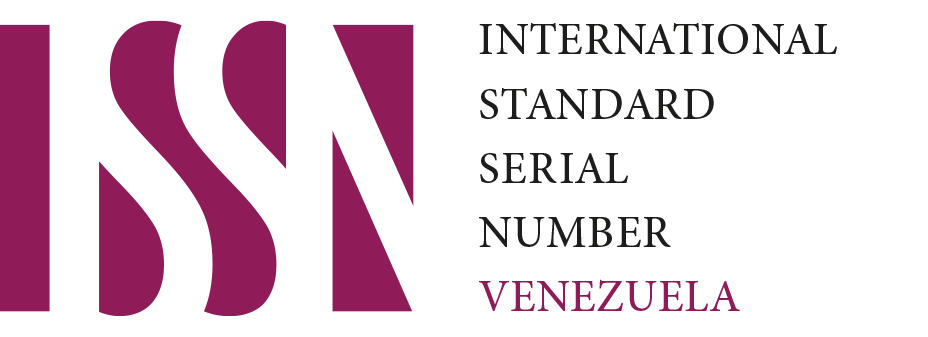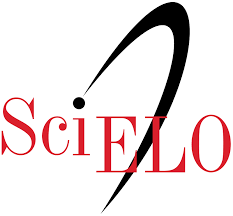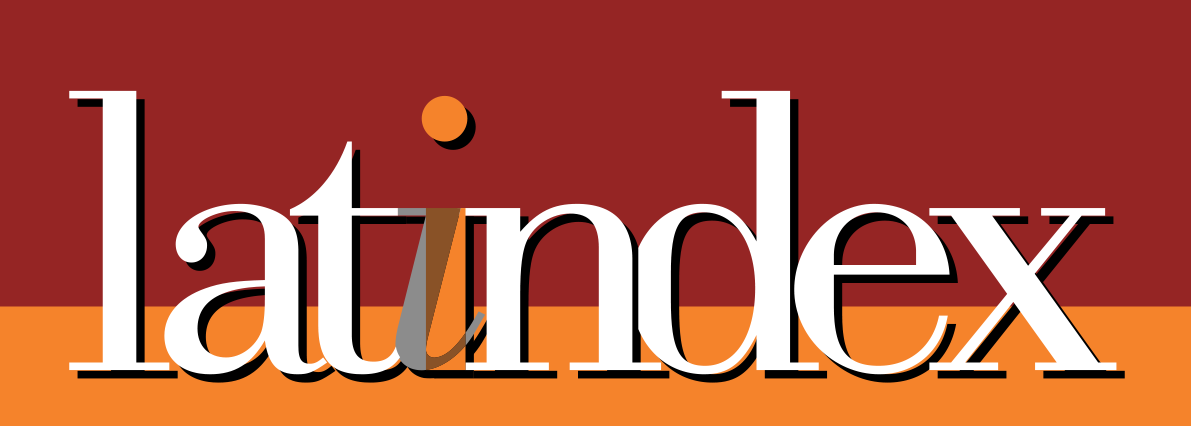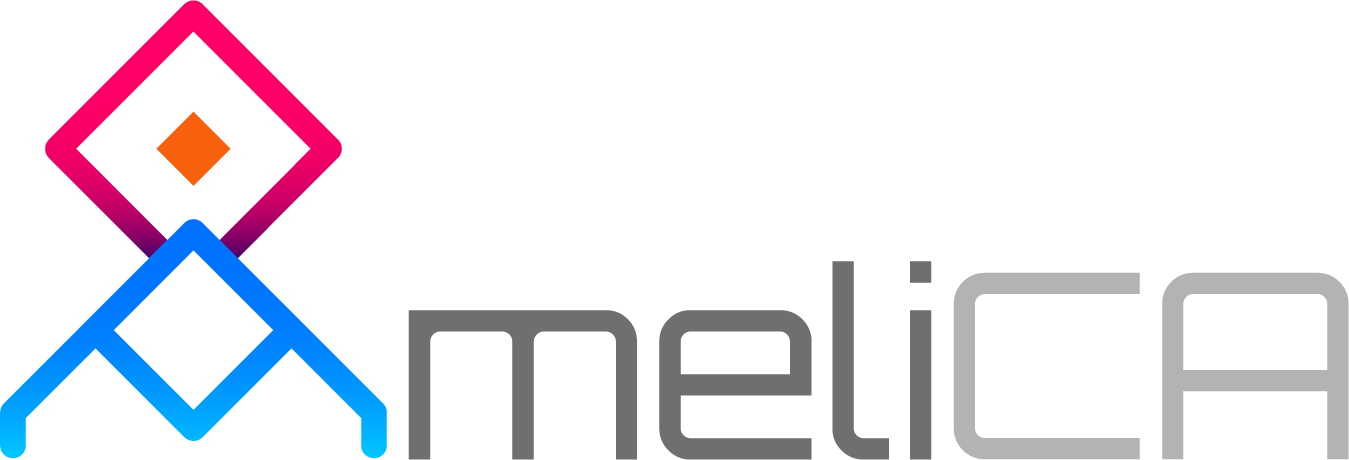Evaluación de resultados del concurso de matemática y realidad cañetana 2024
Un Análisis de brechas
DOI:
https://doi.org/10.61286/e-rms.v2i.95Keywords:
mathematics contest, academic performance, basic education, educational gaps, cultureAbstract
The "I Mathematics and Cañetana Reality Contest 2024" was carried out with the aim of evaluating the academic performance of high school students in mathematics and analyzing the existing gaps in the Cañete region. The study, with a quantitative approach and descriptive design, included 137 participants from various educational institutions, selected by open invitation. A structured questionnaire, validated by experts, was used, which addressed both mathematics performance and aspects related to the cultural identity and socioeconomic context of the students. The results showed a heterogeneous performance, with an overall average of 65%. The competencies evaluated revealed that the students stood out in geometry (87%) and in the Cañetana reality section (94%), while the areas of arithmetic and mathematical reasoning presented lower performances (65.30% and 67%, respectively). In addition, significant differences in performance were identified depending on the grade and socioeconomic status of the contestants. These findings highlight the need to implement innovative pedagogical methodologies that connect mathematical learning with the local cultural reality, which could increase students' motivation and interest. Likewise, the importance of addressing educational gaps to improve mathematics teaching in the region is highlighted, contributing to educational development and the empowerment of students through meaningful and contextualized learning.
Downloads
References
Agencia de Calidad de la Educación. (2023). Informe sobre el estado de la educación en Perú. https://www.agenciacalidad.gob.pe/informes/estado-educacion-peru
Alonso-Pastor, A., Olaya Acosta, G., & Calmet, E. (2024). Segregación Educativa y Desigualdad Social en el Perú: Un Análisis Espacial en el Nivel Secundario. REICE. Revista Iberoamericana Sobre Calidad, Eficacia Y Cambio En Educación, 5–30. https://doi.org/10.15366/reice2025.23.1.001
Alvarez, G. S. V. (2024). La Comunicación Y El Whatsapp, La Práctica Discursiva De Los Estudiantes. Revista Internacional de Gestión del Conocimiento y la Tecnología, 2, 3. https://biblioteca.ciencialatina.org/wp-content/uploads/2024/10/LA-COMUNICACION-Y-EL-WHATSAPP-LA-PRACTICA-DISCURSIVA-DE-LOS-ESTUDIANTES-UNIVERSITARIOS-ECUATORIANOS.pdf
Guerrero Villavicencio, J. S. (2024). Gestión educativa del aula en el área de matemática frente al rendimiento académico de los estudiantes de noveno EGB de la unidad educativa Pennsylvania de la ciudad de Guayaquil, periodo 2023-2024 (Master's thesis, La Libertad, Universidad Estatal Península de Santa Elena, 2024). https://repositorio.upse.edu.ec/handle/46000/11480
Jhoana, T. M. S., & Ángel, A. M. J. (2023). Desigualdad social, educativa y pandemia Covid-19: aproximación a la realidad vivida por los estudiantes de la Universidad del Pacifico frente a la virtualidad en Buenaventura durante el 2020 hasta 2021. https://repositorio.unipacifico.edu.co/bitstream/handle/unipacifico/806/Desigualdad%20social%20educativa%20y%20pandemia%20Covid-19%20%281%29.pdf?sequence=6&isAllowed=y
Krüger, N. S. (2012). Equidad educativa interna y externa en Argentina: un análisis para las últimas décadas. https://repositoriodigital.uns.edu.ar/handle/123456789/2424
Martín Muñoz, R. (2023). Influencia del origen social y los modelos educativos parentales en el rendimiento académico. https://uvadoc.uva.es/handle/10324/62458
Mora, C.-D. (2003). Estrategias para el aprendizaje y la enseñanza de las matemáticas. Revista de Pedagogía, 24(70), 181-272. Recuperado en 14 de noviembre de 2024, de http://ve.scielo.org/scielo.php?script=sci_arttext&pid=S0798-97922003000200002&lng=es&tlng=es
Pino-Fan, L. R., Báez-Huaiquián, D. I., Molina-Cabero, J. G., & Hernández-Arredondo, E. (2020). Criterios utilizados por profesores de matemáticas para el planteamiento de problemas en el aula. Uniciencia, 34(2), 114-136. https://doi.org/10.15359/ru.34-2.7
Quispe Condori, Y. (2024). Brecha educativa entre estudiantes de Secundaria y Universidad Pública de El Alto. Alternancia - Revista De Educación E Investigación, 6(10), 35–. https://doi.org/10.37260/alternancia.v6n10.3
Silva Delgado, H., & Rojas Huertas, G. P. (2024). Informe pasantía: Brechas de aprendizaje en la post pandemia en Fusagasugá análisis de los resultados en la prueba saber 11 entre los años 2019-2021. https://repositorio.ucundinamarca.edu.co/handle/20.500.12558/5484
UNESCO. (2021). Las brechas de aprendizaje: uso de datos para formular la política educativa. https://uis.unesco.org/sites/default/files/documents/ip54-learning-divides-using-data-inform-educational-policy-spanish.pdf
Universidad Nacional de Cañete [UNDC]. (2024). Resultados del I Concurso de Matemática y Realidad Cañetana. https://www.undc.edu.pe/resultados-concurso-matematica
Veliz Huanca, F. B. (2024). Acompañamiento pedagógico para mejorar la práctica docente en el área de matemática de una institución educativa en San Luis. https://repositorio.usil.edu.pe/entities/publication/3d690e8c-54f9-4591-91b2-2ec0e33422e7

Published
How to Cite
Issue
Section
License
Copyright (c) 2024 Carlos Amidón Ortíz, Miriam Ñañez, Ramón Alberto, Leonidas Asto , Marcia Iberico

This work is licensed under a Creative Commons Attribution-NonCommercial-NoDerivatives 4.0 International License.
Las publicaciones en acceso abierto de e-RMS están protegidas por derechos reservados y se rigen por la Licencia Pública Creative Commons Attribution-NonCommercial-NoDerivatives 4.0 International (CC BY-NC-ND 4.0). Se permite el uso no comercial de este material, con atribuciones al autor. No se permiten derivados de esta versión.













